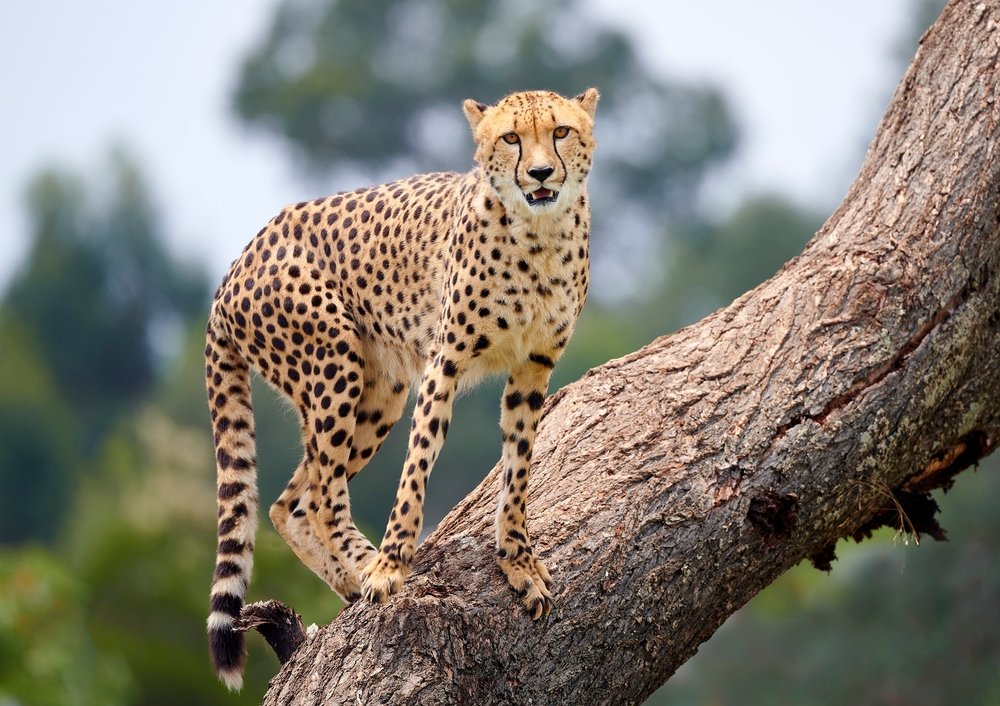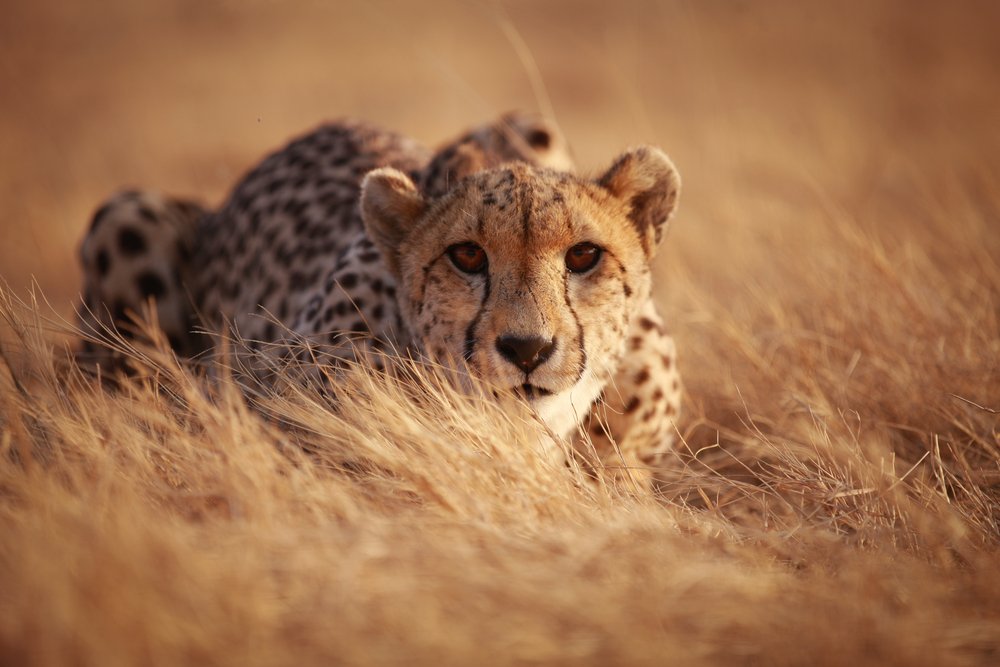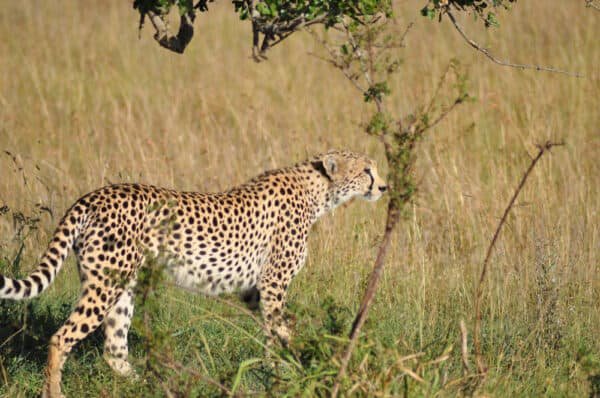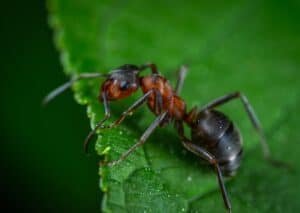Have you ever wondered that How Many Spots Do Cheetahs Have? Cheetahs have between 2000 and 25000 spots, each with a distinct pattern that is used to identify individuals by wildlife experts. Nature provides a diversity of signature features across the animal kingdom, from spots to stripes or splotches to blotches, which have piqued the interest of several experts.
They discovered that these various pigmentation patterns are caused by shared biomathematical rules. Continue reading this article to learn more about cheetah spots.
Table of Contents
Reason for having spots
You might have thought “Why Do Cheetahs Have So Many Spots?” And the truth is that, like all other creatures, cheetahs must blend into their surroundings in order to survive. That is why cheetahs have so many spots for camouflage. Spots also assist cheetahs in remaining hidden in the long grass.
Cheetah dots provide excellent camouflage in broad plains and tall grass. If the cheetah had a solid color, both prey and predators would be able to see it. This is due to the fact that animals see differently than humans. Cheetahs can blend into the background by splitting up their body with spots. This also allows them to stalk the prey slowly.
So the spots help cheetahs in two ways.
- Because they prey on broad plains during the day, cheetahs require good camouflage. Without so many locations to hide in, the cheetah would be unable to get near enough to its prey in these conditions.
- It keeps predators at bay. Cheetahs are among the world’s largest cats, yet larger cats prey on cheetah cubs or even full-grown cheetahs. To lessen competition for food, lions and leopards will kill any cheetah cub they come across. Once again, the markings will help the cubs hide from predators in the long grass.
How Many Spots Do Cheetahs Have?

Cheetahs have roughly 2000 spots on average. Each cheetah is born with an unknown amount of spots; however the average ranges between 2000 and 2500.
Cheetahs are born with all of their spots, and they will not develop any more spots throughout their lives. Cubs seem darker than their parents because cheetahs are born with so many spots.
The spots begin to space out as the cubs grow older and larger, and they acquire a typical cheetah pattern that is easily recognized.
The cheetah does not grow any additional spots as it ages, nor does its pattern change, save that the spots become more spaced apart.
The rare king Cheetah
The King Cheetah is so endangered that the world population is just around 30 individual cheetahs, with only 10 possibly remaining in the wild in Zimbabwe and South Africa. The DeWildt Cheetah Centre in Pretoria, South Africa, is the greatest spot to see King Cheetahs.
The coat pattern of the rare king cheetah is so unusual that it was mistaken for another species of the cheetah. It’s darker throughout, with huge black splotches and stripes running down its back. The Cheetah Conservation Fund (CCF) was part of the research team that revealed a Taqprep gene mutation that causes the king cheetah coat pattern.
For the first time, mutations in the gene “Taqprep” were shown to affect fur color in domestic tabby cats. The mackerel pattern is a pattern of vertical short stripes on a light backdrop that mimics fish bones in tabby cats with the typical Taqprep.
Mutations in the Taqprep gene cause blotched coat patterns in tabby cats, which scientists noticed were evocative of the king cheetah’s extended dark spots. Throughout development, Taqprep assists in the production of dark and light skin regions.
Spotless cheetah

Spotting an immaculate cheetah is even more unusual than seeing a king cheetah. A cheetah with no spots was spotted in Kenya’s Athi Kapiti Conservancy in 2012, over a century after the last report. Instead of conventional markings, this cheetah had hundreds of small freckles on its back but appeared tan from a distance. Some experts believe that this pristine cheetah could be mistaken for a lion, which could work in its favor.
Cheetahs are an outlier among patterned cats since their environment differs from that of most other patterned cats, such as tigers and leopards, which dwell in shady forests where their patterns provide camouflage. Cheetah markings appear to help them blend in with the dense vegetation.
How do spots form on cheetahs’ fur?
Biology teaches us that genes are activated at particular times and locations during development, establishing different patterns ranging from body shape to skin color. According to mathematical simulations, color spots or strips on the fur of all animals could be caused by the same underlying mechanism.
A reaction-diffusion model demonstrates that by altering the manner two molecules disperse across the developing skin, it is feasible to achieve several striped, spotted, or intermediate patterns seen in animals.
Consider how, during skin formation, chemical “A” encourages pigment production while simultaneously activating molecule “B”, which suppresses pigment. A no-pigment barrier forms around a pigmented patch or stripe when the inhibitor molecule “B” diffuses quicker than molecule “A”.
These models incorporate waves of diffusing molecules and show that by modifying parameters, we may generate specific pattern types such as cheetah vs leopard patterns, but with individual differences between individuals, similar to human fingerprints.
You might have noticed an interesting fact that Cheetah’s tail has strips instead of dots. Due to the short width of the cheetah tail, reaction-diffusion models indicate that the spot pattern should shift to stripes. The pigmentation distribution is very complex, and there is no question that nature will continue to supply hints for inquisitive experts to pursue.

Are there Cheetahs without Spots?
Cheetahs do not always have spots but in rare cases, cheetahs are born without spots. This was the situation for one cheetah spotted in Kenya in 2012. This individual had tiny freckles over its back instead of spots and might almost be mistaken for a lion. The king cheetah, a lesser-known cheetah, lacks spots and is instead camouflaged with blotches and stripes.
Read Also: Can Cheetahs Climb Trees?





